Introduction
Page Content
Images
Text: Introduction
Mining centers - map
---
page+
Intro Mining History
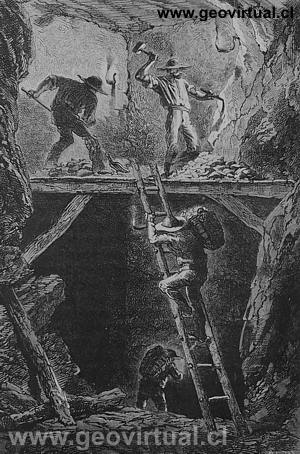
Mining exploration: De: "La Vie Souterraine Du Les Mines et les Mineures" (Paris 1867) - Foto grande
Men Engine o Fahrkunst (Simonin, 1869)
Men Engine o Fahrkunst (Treptow, 1900)
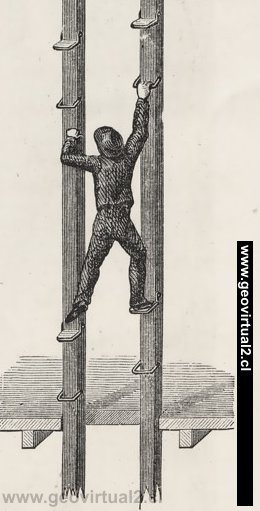
Men Engine o in german "Fahrkunst" for verticaly movements , see (Simonin, 1869)
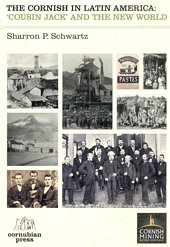
A book to deepen the links between Europe and South America in mining:
Schwartz, Sharron P. (2016): The Cornish in Latin America: Cousin Jack and the new world. - 625 p., The Cornubian Press, Wicklow, Ireland.
Introduction to mining history 1830 - 1920
Mining was the key to technical, social, and scientific development in many parts of the world. On the other hand, mining was not a harmless and entirely sacrificing profession. The mines' mechanization, the increasing level of knowledge, and the change to porphyric, i. e., large-scale deposits, forced the mining industry to adapt its working methods time and again. Here, the period from 1830 to 1920 is to be evaluated more precisely.
Between 1830 and 1920, technical progress in mining was already clearly
visible, and mining methods differed markedly from earlier times. For
technical reasons, the metal concentrations were still remarkably high
(silver was from 1% to 3%, copper was initially from 20% to 25%, later
at 3 to 8%). The small vein-type deposits caused a rapid deepening of
the mines. The use of a "Men
Engine" in some shafts in the Harz mining district
accelerated miners' entry and exit from the deep mine.
The technical
progress made it possible to increase production while deepening the
shafts considerably. In general, the mining industry was already geared
towards mass production and efficiency during this period. Rich ore
bodies were exploited throughout in vein-shaped (here)
or sedimentary deposits (here).
Only the provision of low-cost energy was not guaranteed or very
difficult. Water, steam engine, or horsepower were the most important
sources of energy. The period is generally known-indicated by:
a) Technical development (here)
b) Scientific knowledge (here)
c) New Social Awareness (here)
d) Redefining professional formation (here)
e) Safety concepts in the mines (here)
f) First globalization (here)
The historical development in the Atacama region reflects all
these changes very nicely. This region, located at the "end of the
world" at that time, was increasingly approaching the Industrial
Revolution centers. Globalization finally reached the last part of the
Atacama Desert. This epoch came to an end around 1920, and there were
profound changes:
- Electrical energy was now available worldwide.
- Commodity prices fell.
- Deposits showed significantly lower metal
concentrations and much larger extents. Now the porphyry deposit
type (here)
was preferred.
Map: Historic Mining centers of the world
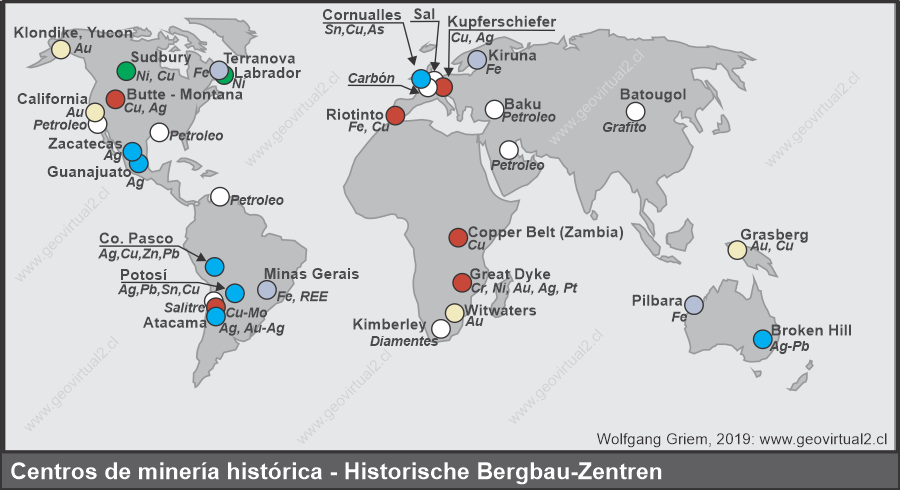
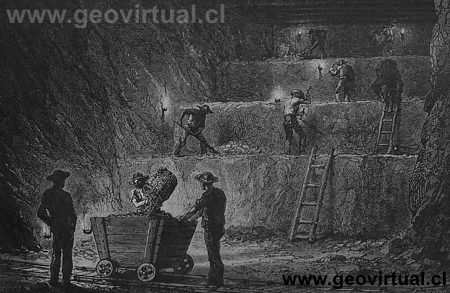
Mining exploration: From: "La Vie Souterraine Du Les Mines et les Mineures" (Paris
1867) - Foto grande
Mining Atacama
History of Atacama

History of mining 1830-1920
●
Intro epoch 1830-1920
Technical innovations
Scientific innovations
Social conscience
Educational impulse
Mine safety
Globalization
Records of the period::
Gilliss: Apires
and barreteros
Work conditions of miners
Los Mineros (Tornero 1872)
Apires y barreteros - Tornero
General Geology:
History of Geosciences
Mining
Historical sketches mining
Chapter "History of
Geology"
Historia de las geociencias
Mining history of Atacama
Mining
from 1830 to 1920
List of minig districts of Atacama
Mining in Atacama
Chañarcillo
Tres Puntas
Carrizal Alto
Cerro Blanco
Lomas Bayas
Cabeza de Vaca
Visitors and
scientists
List of visitors
R.A. Philippi in Atacama
Paul Treutler
in Atacama
Charles Darwin, Atacama (1835)
Ignacio Domeyko y Copiapó
Kunz en Copiapó
Hugo Kunz en Chañarcillo
Gilliss Mineros en Chañarcillo
Additional
information
Timeline Atacama
Mining history of Atacama
The railroad history of Atacama
Cartas y Mapas de Atacama
Cartas históricas de Atacama
Listado de personajes de Atacama
Others
The railroad history of Atacama
History
of Atacama
Mining history of Atacama
Geología Atacama
Climate of the Atacama Region
Virtual viewpoint Atacama

